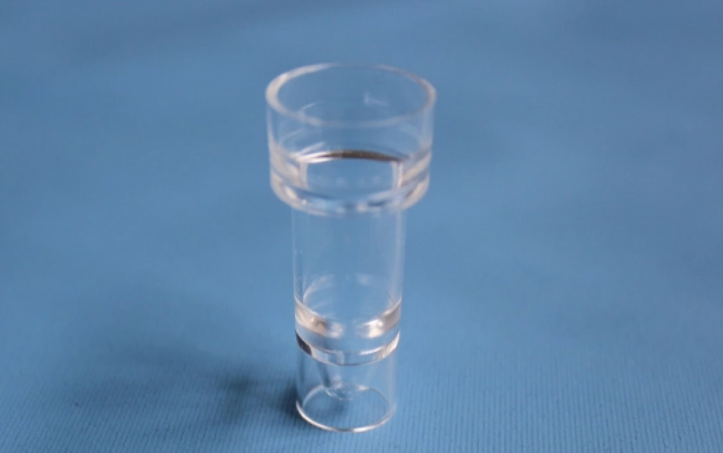Why greenhouse vegetables do not stand still
Many vegetable farmers have reported that the growth of tomatoes in winter greenhouses has been stagnant. The symptoms are: the plants on the north, east, and west sides of the greenhouse grow well, the south side is slightly worse, and the middle is the worst. Most of the middle part of the plant has a short stature, the whole leaf is yellowish, the middle and lower leaf veins are slightly green, and the leaf has an irregularly shaped macula. Some of them show focal edge, few fruit set, and the fruit does not inflate. For better growing plants, the lower leaves also have a lighter yellow spot. Spraying several times to prevent fungal diseases and bacterial diseases were ineffective. Cause: Due to ineffective spraying, it can be concluded that it is not an invasive disease. There is basically no dead plant phenomenon. The growth and development of the roots is basically normal. The distribution of symptoms has clear geographical boundaries. The elimination is caused by soil-borne diseases such as nematodiasis, root rot, and blight. Due to the prevalence of symptoms in the room, only different severity, which can be included in the disease as a physiological disease. According to the symptoms of leaves, iron deficiency, zinc and other trace elements between the veins of chlorosis, yellowing phenomenon, some leaves have calcium deficiency caused by the leaf edge of the browning phenomenon, and the formation of potassium deficiency yellow ring. Due to the lack of these elements, the first 3-5 earliest fruits of tomatoes were budded. According to the onset of symptoms, it was initially determined to be caused by continuous cloudy rain for more than 20 days from late September to early October. Continuous rainy days, the air humidity is very high, the transpiration of plants is greatly inhibited, the water absorption of the roots is greatly reduced, so the above-mentioned nutrients such as potassium, calcium, magnesium, iron, and zinc transported through the water to the leaves are even more impoverished. The above two reasons lead to the lack of potassium, calcium, iron, magnesium, zinc and other metal elements in vegetable plants and the occurrence of deficiency symptoms. These symptoms are obvious and prevalent. This is the main reason why tomatoes do not thrive. The middle of the greenhouse is slightly lower than the surrounding area, and the amount of accumulated water in the soil is slightly larger. Both the soil moisture and the air humidity are larger than those around the greenhouse. Humidity is greater, and transpiration is even more inhibited, which exacerbates the lack of metal element fertilizers. Therefore, plants in the middle of the greenhouse exhibit more severe symptoms. At the entrance to the greenhouse, there is more ventilation; there is also ventilation on the north and south sides, so the air humidity is slightly smaller than the middle, so the disease symptoms are lighter. Prevention: 1. When the temperature is high in September-October, large ventilation should be performed for a long time to reduce the air humidity in the greenhouse, promote the transpiration of the plants, strengthen the absorption capacity of the roots, and prevent the plants from lacking metal fertilizer elements. 2. Reduce the amount of chemical fertilizers used in basal fertilizers, especially the amount of nitrogen fertilizers. Increase the number of topdressing, fertilizer application to do a small amount. Fertilizer should increase calcium, iron, magnesium, zinc and other metal elements, can apply ammonium, calcium, magnesium 30-40 kg per acre. 3. Set up the ground in the greenhouse, pay attention to formation, and avoid middle-low depression. 4. The greenhouse should be deep-buried to a depth of 30 cm or more. If there is no mechanical tillage condition, spray the no-deep ploughing soil conditioner before planting, or during the growth period, 200 grams per acre to promote loose and transparent soil 30-50 cm deep. This will not only be conducive to root growth and development, enhance absorption capacity, reduce the lack of the above-mentioned fertilizer elements, but also improve the water storage capacity of the soil, water quickly penetrated into the soil after the water level, the ground surface does not contain water, will not cause damage; During drought, there is water storage in the lower layer of the soil and no drought damage occurs. Reduce the number of watering, to avoid the disadvantages of watering in continuous rainy days. 5. Top dressing. Continuous rainy days, the root system can not normally absorb potassium, calcium, magnesium, iron, zinc and other metal elements, so you can not use the soil fertilizer measures. However, the above fertilizer elements should be topdressed once every 5-10 days, with a concentration of about 0.3%. Foliar fertilization solves the problem of fertilizer element deficiency. 6. Application of a plant growth regulator. On rainy days, plant growth regulators should be sprayed every 10 to 20 days to promote photosynthesis and improve the nutritional production of vegetables.
The utility model for cleaning the sample cup of a blood cell analyzer relates to a medical cleaning device, which mainly includes a cleaning device, a sample cup tray, a cup tray storage rack, etc. In the sample cup of the sample cup and tray, the inner wall of the sample cup is cleaned, and then ventilated and dried for use. It solves the problem of uncleanness and slow cleaning speed of manual cup washing. This technology has high cleaning degree and fast cleaning speed, which can effectively improve medical personnel Work efficiency, with high promotion and use value.
Sample Cup,Laboratory transparent sample cup,Medical Disposable Sample Cup,Sample cups for chemical analysis,medical sample cup Jiangsu HXRT MD Co.,Ltd , https://www.jshxrtmed.com